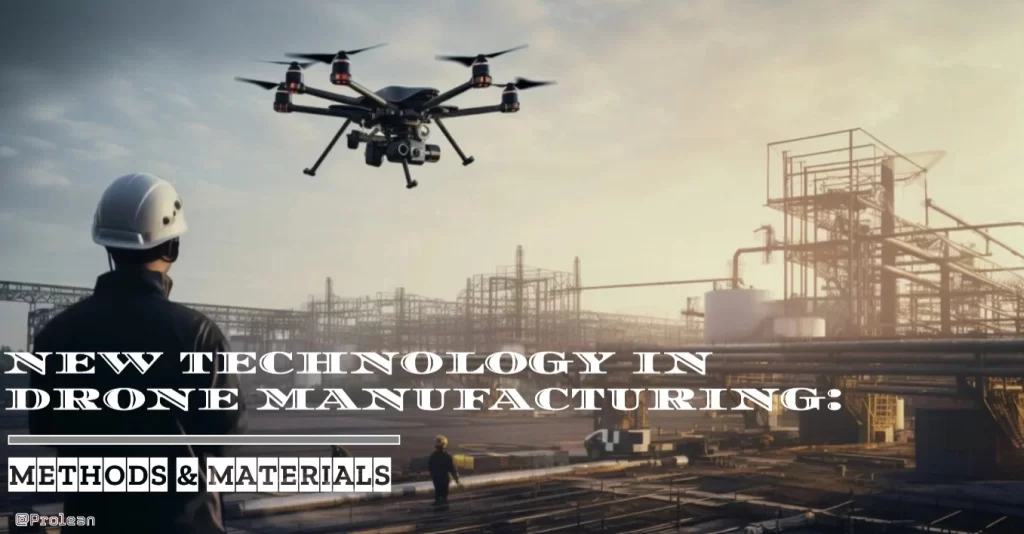
If you want to make custom drone or drone parts, 3D printing, Injection Molding, Precision CNC machining, and fabricating operations are some key manufacturing techniques. Moreover, 3D printing can be more accurate and fast in converting complex drone designs into their physical form. On the other hand, injection molding provides cost-effective solutions for producing drone components in large volumes.
ABS, Nylon, PC, Nylon-Reinforced Material, carbon-composite, and lightweight aluminum & magnesium alloys are some recommendations for drone materials.
Popular drone brands also rely on these techniques and materials. DJI uses carbon fiber to make their high-end drones like the Inspire series. Consequently, Autel Robotics uses magnesium alloy in its EVO II series.
As drone use rapidly increases, advanced manufacturing technologies and strategies are evolving to match aerospace innovations. New technology in drone manufacturing, like 3D printing, is catering to faster production, complexity, precision, and cost-benefit.
From frames and propeller guards for simple drones to fuseglasses and sensor housing for military drones, 3D printing not only provides low-cost solutions but also helps to optimize them from an aerodynamic perspective.
Along with the benefits and applications of 3D print parts in drone production, we will also cover other precise manufacturing techniques like CNC milling and Laser Cutting.
What Are the Different Components of a Drone?
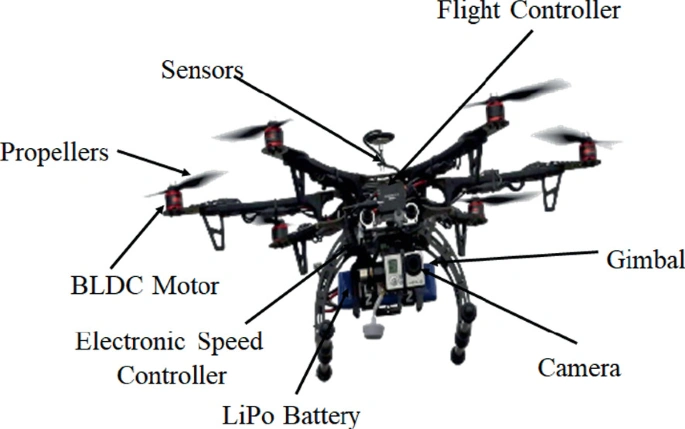
Components of a drone
Before moving into the in-depth discussion, let’s understand the structure and individual components of a typical drone.
- Drone Frame
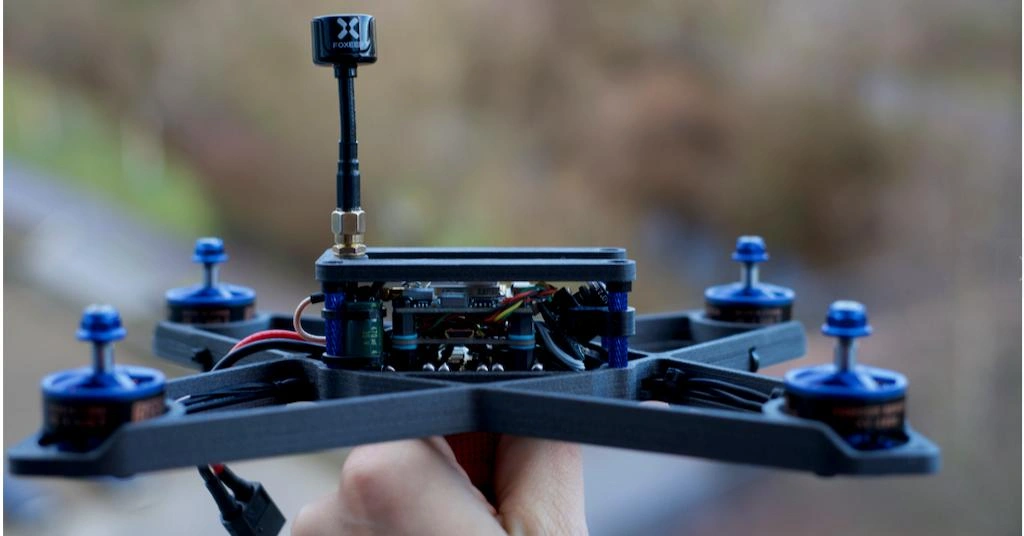
Drone housing frame
It is the structural skeleton of a drone and houses all other parts. The drone frame is made with lightweight thermoplastics and carbon fiber composites. The production accuracy and features are critical for a frame to make the assembly easier later.
- Propellers
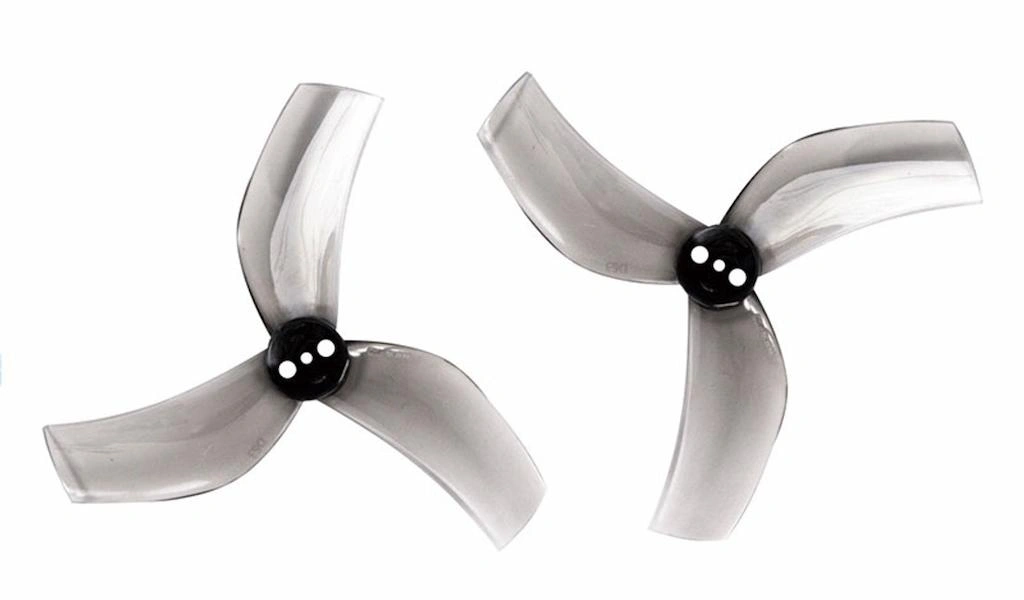
3D-printed drone propellers
Propellers can have different shapes, straight, swept, wide-blade, three-blade, low-pitch, etc, based on the required lift and thrust for performance. Common materials for drone propellers include plastic, carbon fiber, and nylon. Moreover, propellers are paired with the individual electronic motor for higher stability and control.
- Electronic Speed and Flight Controllers
Electronic speed controllers (ESCs) facilitate the desired movement of the drone by following the commands from flight controllers. ESC controllers convert DC (battery) into 3-phase AC power to drive motors.
Next, the flight controller is a kind of CPU for drones. It processes input from sensors, pilot commands, and GPS data to adjust the drone’s behavior accordingly.
- Motors
Motors are used to drive the propellers and stabilize the flight. In most cases, brushless synchronous motors are the primary choice for drones. Often, motor mounting features are made within the frame.
- GPS Module
It is important for flight navigation and autonomous programming in drones, as GPS allows you to locate the drone precisely and act as a geofencing tool while performing tasks.
- Camera and Sensors
Cameras and gambles are used to obtain visuals, whereas sensors provide data ( or feedback in case of automation) about drone position and orientation to the operator.
- Arms
Arms are assembled with drone frames to support motors used to move propellers; the size of the arm depends on the type of drone and the size itself. However, in some applications, arms are manufactured along with the frame as a single piece.
Try Prolean Now!
Traditional Drone Manufacturing and Introduction of 3D Printing
The history of drones in the aerospace sector all started in the early 20th century. An American military drone named “ Kettering Bug” was used in 1918 during World War I. At that time, wood handcrafting, lathe, mill, and sheet fabrication methods were used to make that drone. Consequently, wood, fabric, stainless steel, and aluminum were the primary materials for the kettering bug.
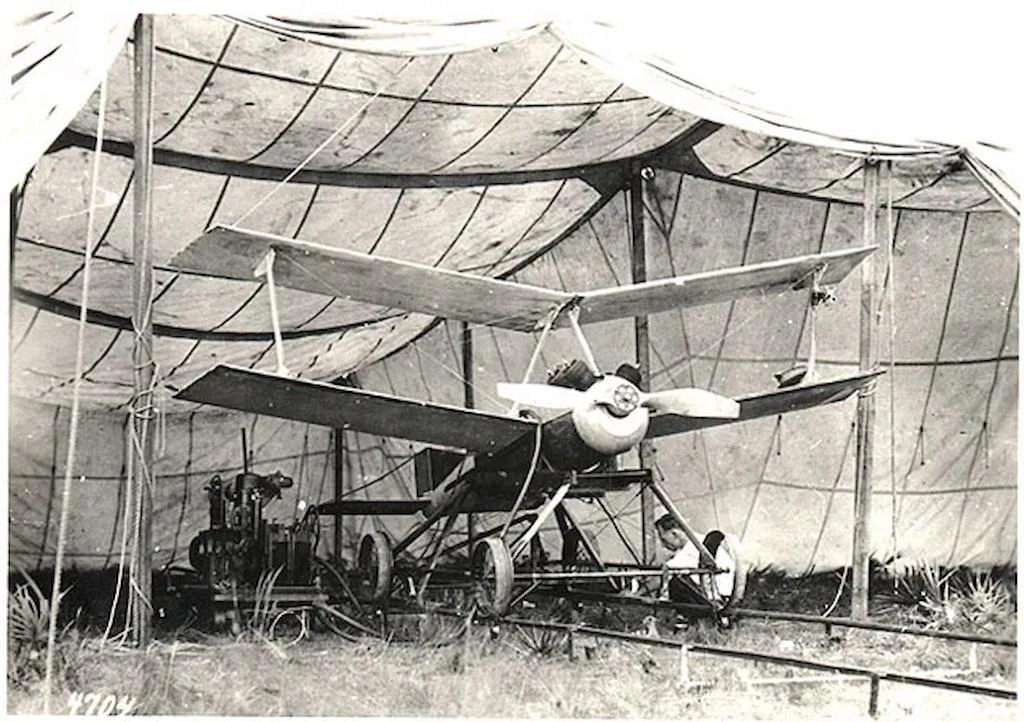
Kettering bug drone
Over time, manufacturing technologies and materials have advanced to meet the diversified applications of drones in surveillance, videography, agriculture, delivery, disaster rescue, etc.
After the 1950s, drone technology continuously shifted towards sophisticated materials, production methods, and assembly lines.
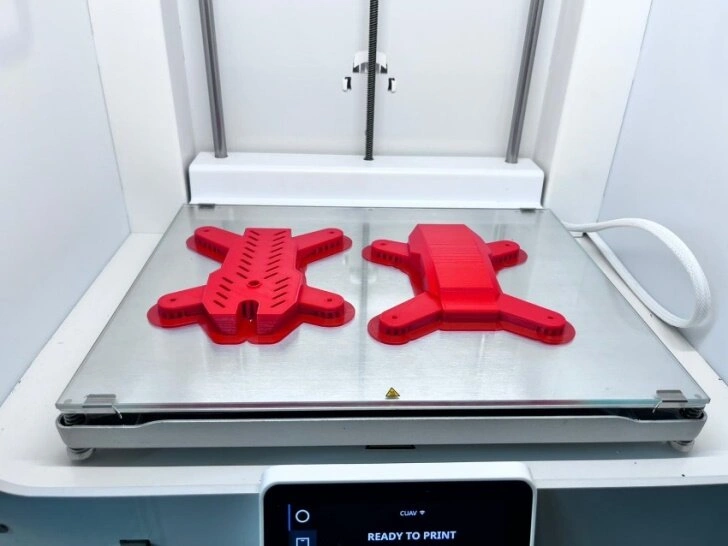
3D printing of drone
Moreover, 3D printing was introduced in drone manufacturing after the early 1980’s. Now 3D printing technology is highly capable of complex structures used in drones to print frames, arms, and many other components.
Other Drone Manufacturing Techniques
Besides 3D printing, other manufacturing techniques like precision CNC machining, injection molding, and Swiss turning are also applicable to manufacturing drone parts. Simple metal parts of drones are often made with CNC milling, and some plastic parts are made with injection molding.
3D printing metal components in large volumes can be costlier than CNC machining, and structural integrity might be compromised with printing.
- Precision Machining: Production of high-accuracy metal parts for drone-like motor mounts.
- Injection Molding: High-volume manufacturing of thermoplastic parts for drone-like propellers and housing.
- Swiss turning: Micro-machining tasks to produce motor components and fasteners.
- Metal Fabrication: Cutting, bending, welding, and other fabricating parts for drones, like brackets.
(If you want to read a head-to-head comparison of molding and 3D printing read “3D Printing Vs. Injection Molding: Choose the Best Method for Your Project” to know which one fits your requirements.)’
Which 3D Printing Methods Are Used in Drone Manufacturing?
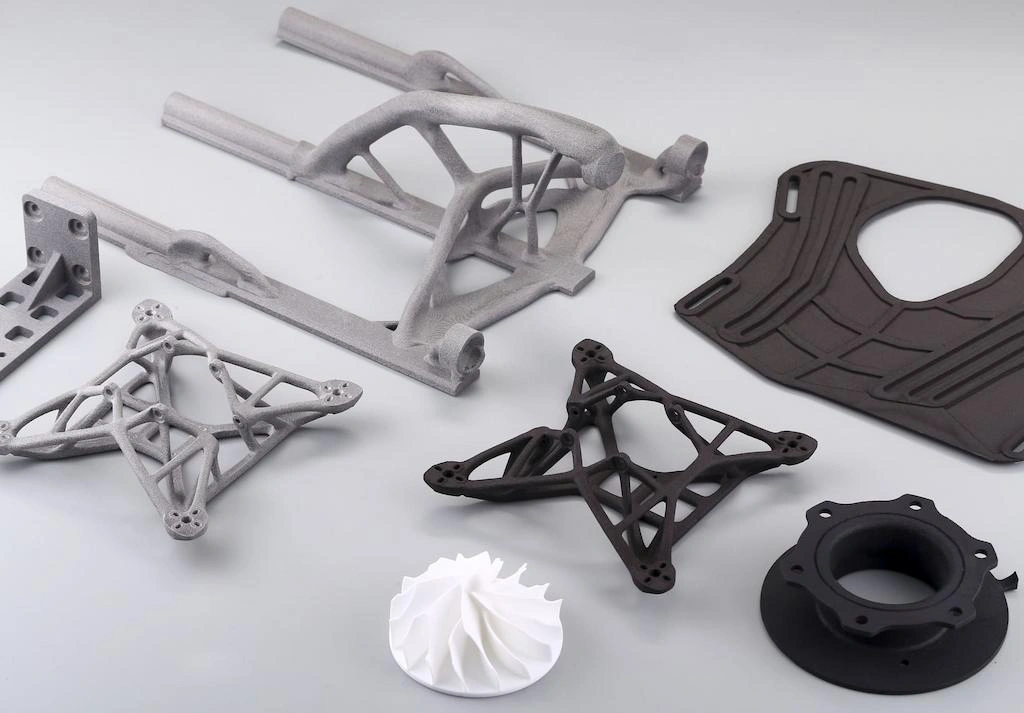
3D printing drone components
Different types of 3D printing methods are employed to print metal, plastic, and composite parts for drones: FDM, SLS, SLA, DLP, etc. The choice of method depends on the size of the part, the material, and the complexity of the 3D design.
Let’s look at each of these methods shortly;
Stereolithography (SLA)
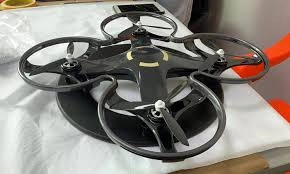
SLA 3D printed quadcopter
This printing method builds the designed parts out of polymer resins by melting and layering them continuously with a laser beam. It has a high level of capability for complex designs and offers tight precision. However, SLA printing parts require more time for curing and are often more brittle than parts from other methods. For a drone, SLA can produce sensor housing and other aerodynamic parts.
Fused Deposition Modeling (FDM)
A heated filament of thermoplastic is extruded through a nozzle to build up layers in FDM. It is simple to operate and also costs less to produce parts like structural components and housing for small drones. In drone prototyping, its production speed and cost are the biggest advantages.
Selective Laser Sintering (SLS)

Drone parts made from SLS
In SLS, a laser beam sinters the powder material layer to form the desired shape, and the remaining powder can be reused for the next cycle. In the powder bed, the laser selectively sinters the powder according to the design. It can be used for intricate functional items, such as internal wiring channels and cooling systems.
Multi Jet Fusion (MJF)
This method deposits a binding agent into the powder bed, combining the capabilities of binder jetting and powder fusion. The uniform distribution of binding agents in parts provides superior strength and quality. It can be used to print Nylon and other engineering materials.
Materials Used in 3D Printing of Drone Components
What materials are used in 3D printing? Carbon fiber composites, Nylon, ABS, Polycarbonate, CF-reinforced Nylon, and many other materials are popular in drone 3D printing. Fare only 3D printed as a single item for small size otherwise, they are printed separately. Meanwhile, carbon fiber is a common material for frame components.
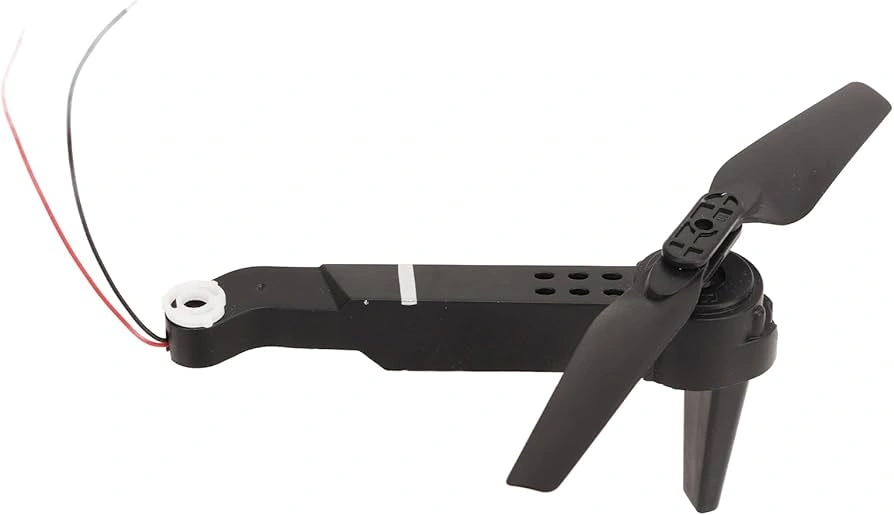
ABS drone arm
ABS is a durable and high-impact-resistant plastic. It can perform well under direct sunlight over a long time. Different non-structural parts for drones can be made with ABS 3D printing.
Carbon Fiber-Reinforced Composite
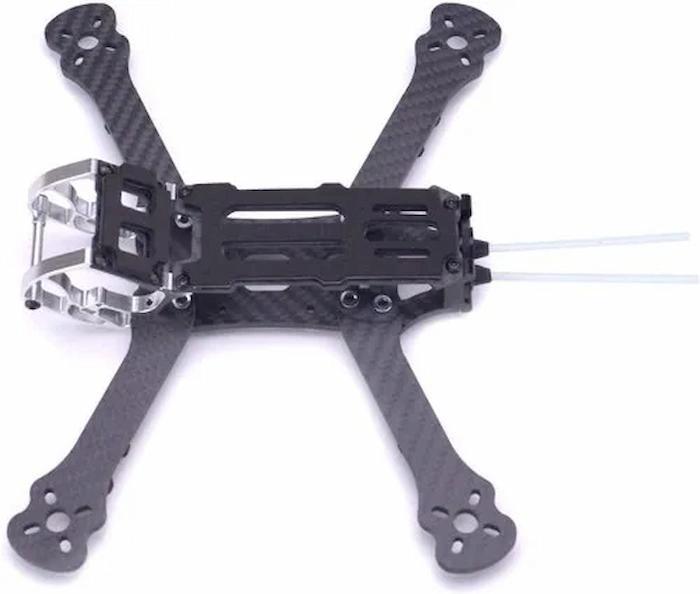
Carbon fiber drone frame
It is a modern material in drone 3D printing known for excellent rigidity, strength-to-weight ratio, stiffness, and long life. One key thing to consider in Carbon fiber 3D printing is their abrasiveness; you need a hardened steel nozzle if you are printing with FDM, JFM, or other similar techniques. Furthermore, the common carbon fiber parts in a drone include arms and frames. Next, laser cutting can also be applied to these materials; laser cutting carbon fiber allows cutting and shaping the drone components into the designed size accurately.
Nylon and Nylon-Reinforced Material
These materials typically require higher print temperatures but produce parts with high strength, flexibility, and abrasion resistance. Drone parts like small gears, hinges, and some structural items can be made with this.
Polyethylene Terephthalate Glycol(PETG)
PETG is relatively easy for 3D printing with minimal risk of warping. It is useful in printing flexible parts for drones like protective guards and propellers.
PolyCarbonate(PC)
PC is preferred for transparent drone parts and aesthetic purposes. It resists impact forces, sunlight, and moisture without degrading. In fact, PC is more durable than carbon fiber.
“Regarding metal 3D printing, read how much does it cost to have something 3D printed in metal?; you can get more details about the process and pricing.”
New Technological Trends of Drone Manufacturing in 2025
The drone industry has experienced innovations since the beginning of 2025, setting new standards of performance, range, and versatility.
Key technological innovations involve AI integration in 3D printing of drone enclosure & operation, high-performance and sustainable material practices, and cost reductions.
- AI Navigation: Sophisticated programming that will do precise, autonomously controlled flight.
- Swarm Technology: Managing networks of individual drones for large-scale operations such as agriculture and disaster response.
- 3D Printing: Accelerated, low-cost prototyping and custom-made designs. Green Materials: biodegradable composites and recycled components.
- Flight Range Solutions: Longer flights are made possible with improved battery and solar-powered systems.
These developments can be seen especially in military, logistic, surveillance, and environmental monitoring drones.
Example of Arcsky’s X55 V2
The Arcsky X55 V2 drone is a key example of the use of new technology in drone manufacturing. This heavy-lift drone provides a flight duration of 3 hours and consistent performance even when elevations change regularly.
The main body is made by precision-machining aluminum, and various other components are made using advanced 3D printing methods.
The reviews suggest that the refined drone design of X55 V2 has incorporated user feedback, which has helped them to achieve more accurate GPS, longer flight duration,
Try Prolean Now!
We Can 3D Print Your Custom Drone Parts.
ProleanTech has a successful track record of printing parts for fixed-wing, multi-rotor, GPS, photography, toy, and other types of drones—our ISO 9001:2015 certified Custom 3D printing services.
Our factory offers SLS, SLA, FDM, DMLS, and other various methods, which can maintain tolerances as tight as ± 0.025 mm in complex drone parts printing. Furthermore, we have diverse material options, including carbon-fiber composites.
Contact us, and we will help you with your drone 3D printing needs!
Conclusion
Overall, 3D printing is one of the new technologies in drone manufacturing, facilitating quick prototyping, high-quality parts, cost-benefit, and customization. Choosing the right type of printing method and material is the basis for optimal results. Moreover, the expertise and experiences of the manufacturer also affect the quality.
FAQs
How much does it cost to 3D print a drone?
The exact cost of drone printing varies on design complexity, size, and material type. However, the price of a small drone printing ranges from $100 to $200, whereas it goes up to several thousand dollars for large commercial drones.
What are the new drone manufacturing technologies in 2025?
Automation, AI integration, and advanced composite materials are some new technologies in drone manufacturing.
Are the 3D-printed drone frames durable?
Yes! They are durable and can perform under harsh environmental conditions. The exact lifespan depends on the type of material used in printing and employed printing methods, typically last for 3 to 10 years.
Which is the best material to print drone housing?
The choice entirely depends on the application of the drone and desired performance like speed, flight range, weight restrictions, etc. Some common options are ABS, PLA, PETG, and lightweight composites.

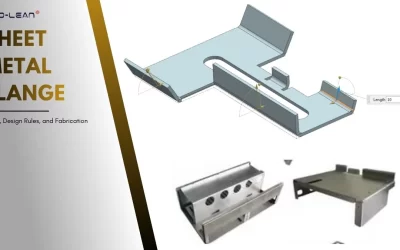
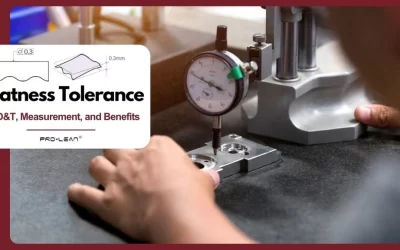
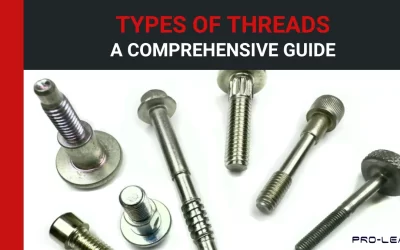
0 Comments